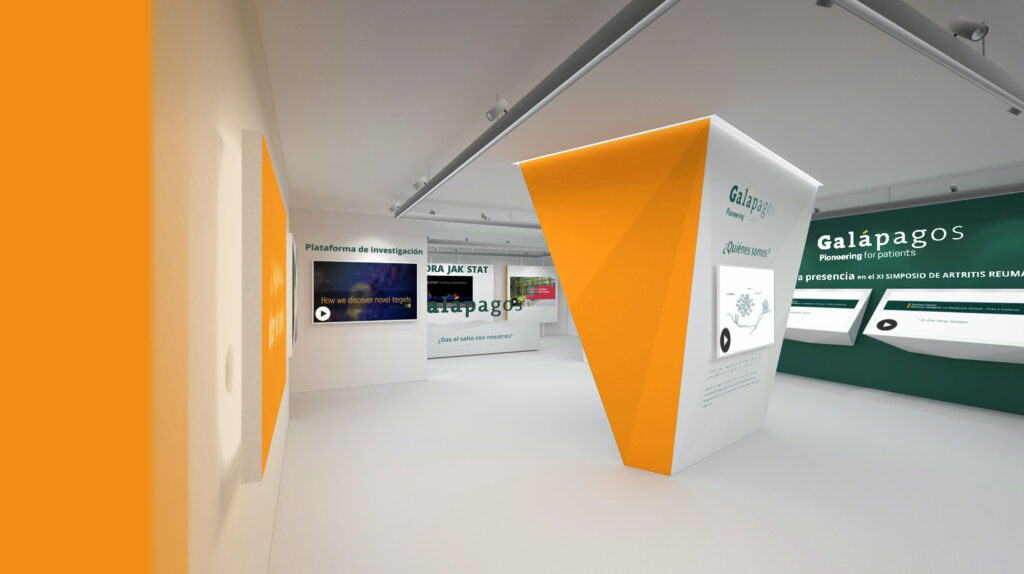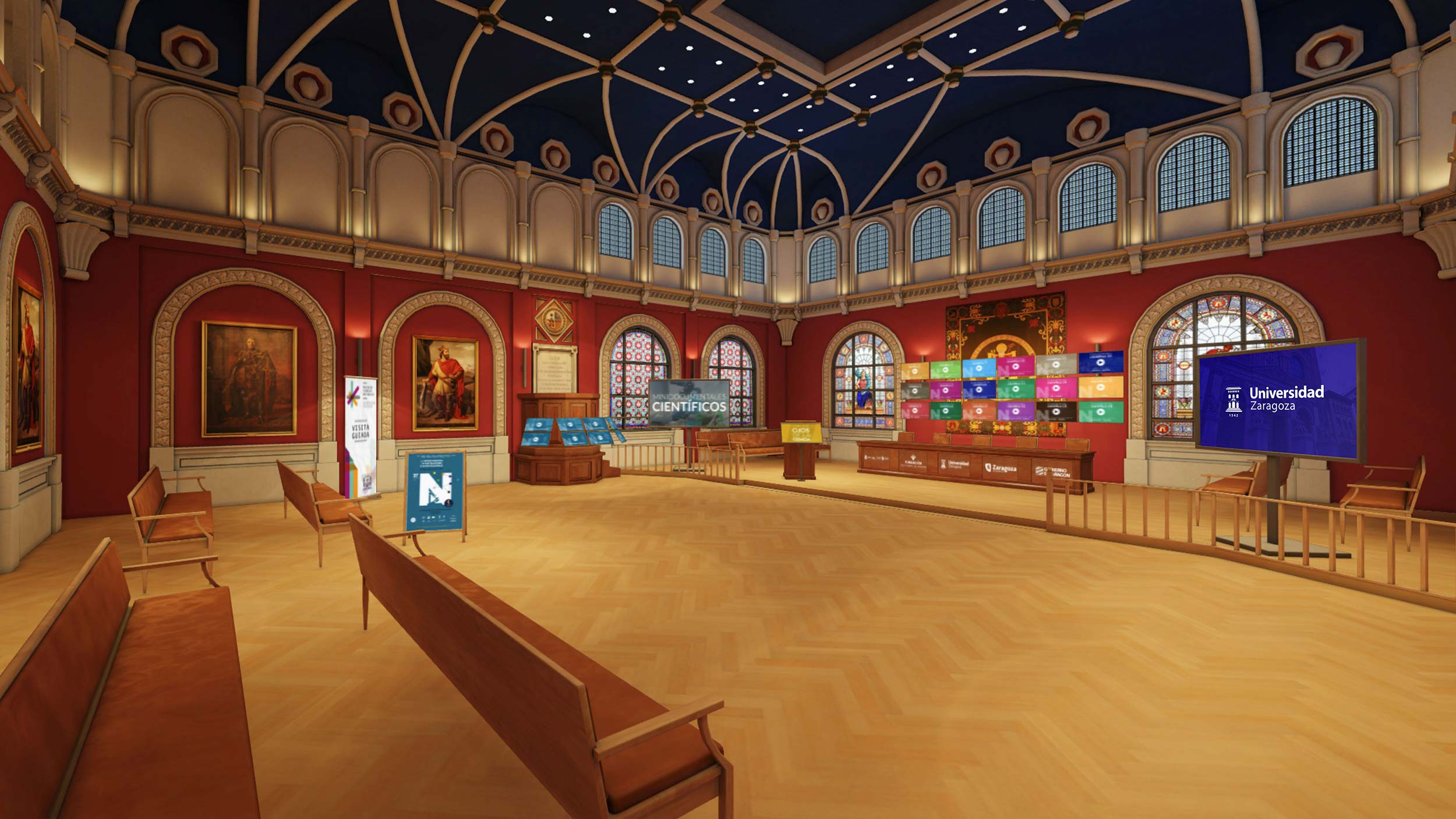What is a Streaming Event?
A streaming event or broadcast live via the Internet, is a mass meeting organized within a virtual space customized. As if it were just another auditorium room, attendees can walk through the entire 3D space during and after the broadcast, enjoying total immersion in the corporate environment.
This type of development transforms events into much more effective meetings. dynamic y customThe attendees themselves choose between watching the fixed image of the lecture or to walk through the virtual space, enjoying the additional contents that enrich the experience beyond the simple broadcasting of live video. In addition, these streaming events have multiplayer via avatars. Which make it possible to networking within the event thanks to the identification of each attendee and the different actions they can perform within the event: talking, gesturing, chatting or even reacting through emoticons.
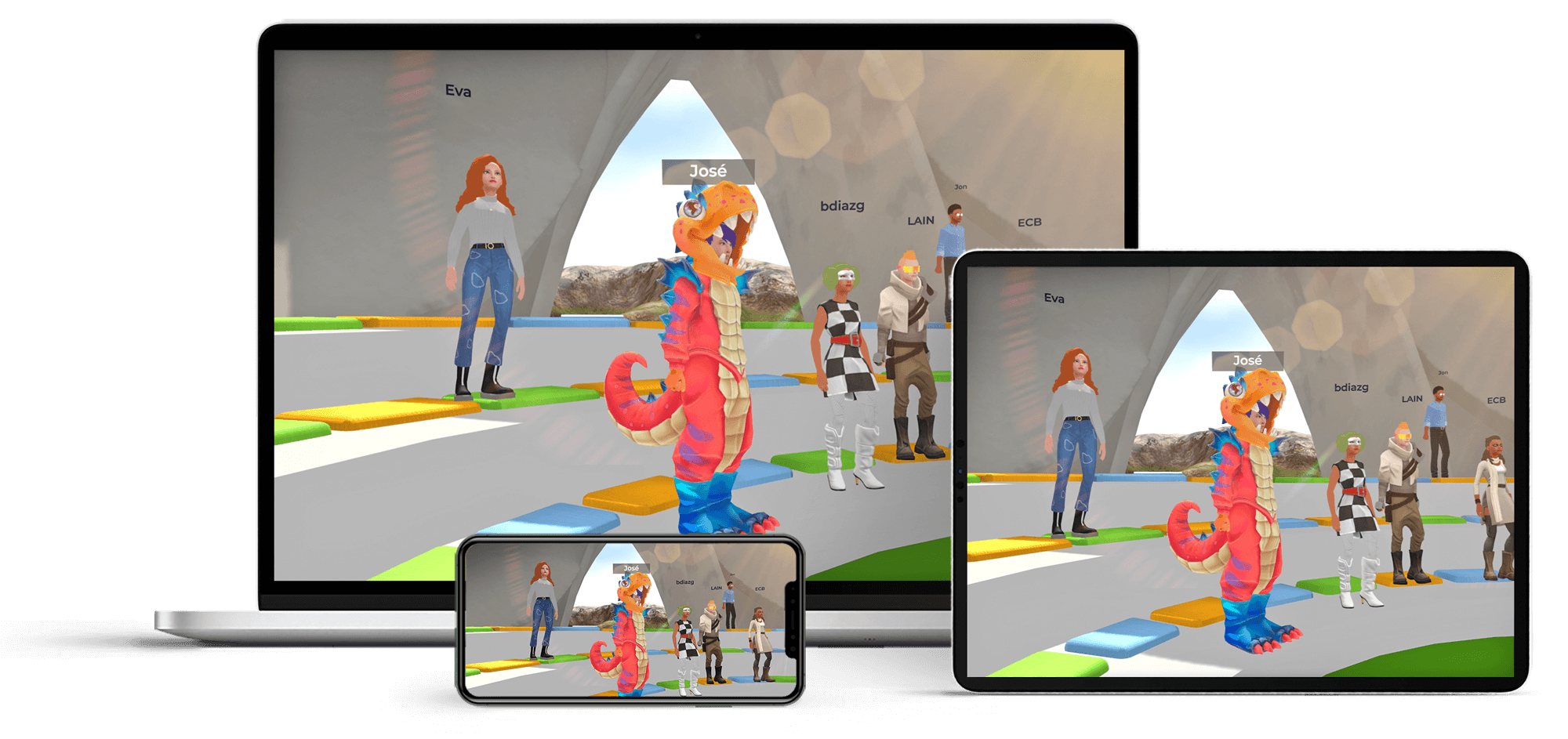
Examples of projects based on Streaming Events
Streaming Event Applications
Application in the business sector
The streaming events make the organization of conferences, seminars and meetings much more dynamic and agile. Thus, companies can bring together customers and employees from all over the world in a single online meeting in their own virtual auditoriumfacilitating both the participation as the interaction and the networking among all attendees. Thanks to its development on the web, there is no limit to the number of attendees, nor is it necessary to download any program. A successful case of streaming events is the virtual meeting of shareholders at Iberdrola. Where users, by means of personalized credentials, were able to attend a training day organized in a virtual amphitheater located at the top of the 3D recreation of one of its many hydraulic dams. In addition to watching the live broadcast, they could simultaneously enjoy the virtual landscape and the corporate content distributed throughout the space. All this without leaving the virtual space and without leaving the training.

2. Application in the education sector
In educational environments, streaming events make it possible for students to attend different events from their classrooms or homes. live training days. Being able to interact and talk not only with the speakers but also with the rest of the attendees, easily identifiable through their avatars. In this type of virtual events, students can participate in the surveys y quizzes that gamify the experience and even reinforce the knowledge learned thanks to the additional contents available while listening to the lecture. One way interactive to attend virtual classes that make it possible to learning experience much more amena e immersivegoing a step beyond the simple videoconferencing of today.
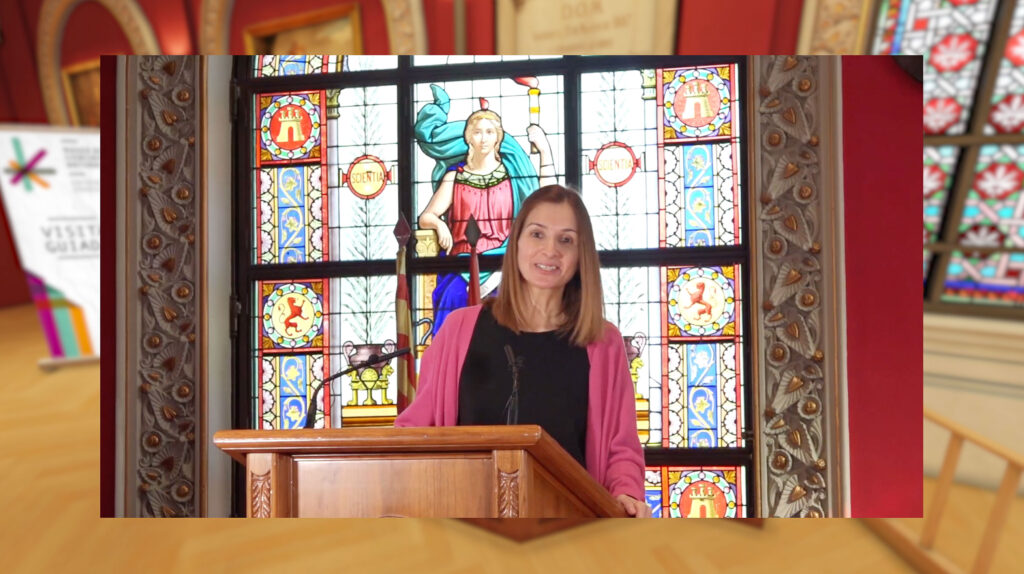
3. Entertainment applications
Streaming events open up a whole new range of possibilities for the retransmission and dissemination of entertainment shows. With the possibility of organizing streaming events where not only concerts and sporting events can be broadcasted in person with a lower cost of attendance. In addition, these meetings can go much further, creating unique and unrepeatable experiences between artists, athletes and attendees, specially prepared for these spaces. Games, exhibitions, premieres of series and films, interviews, exclusive launches, etc. Everything to make the attendees of these live broadcasts feel as if they were in the more involved y nearby their favorite teams and artists.
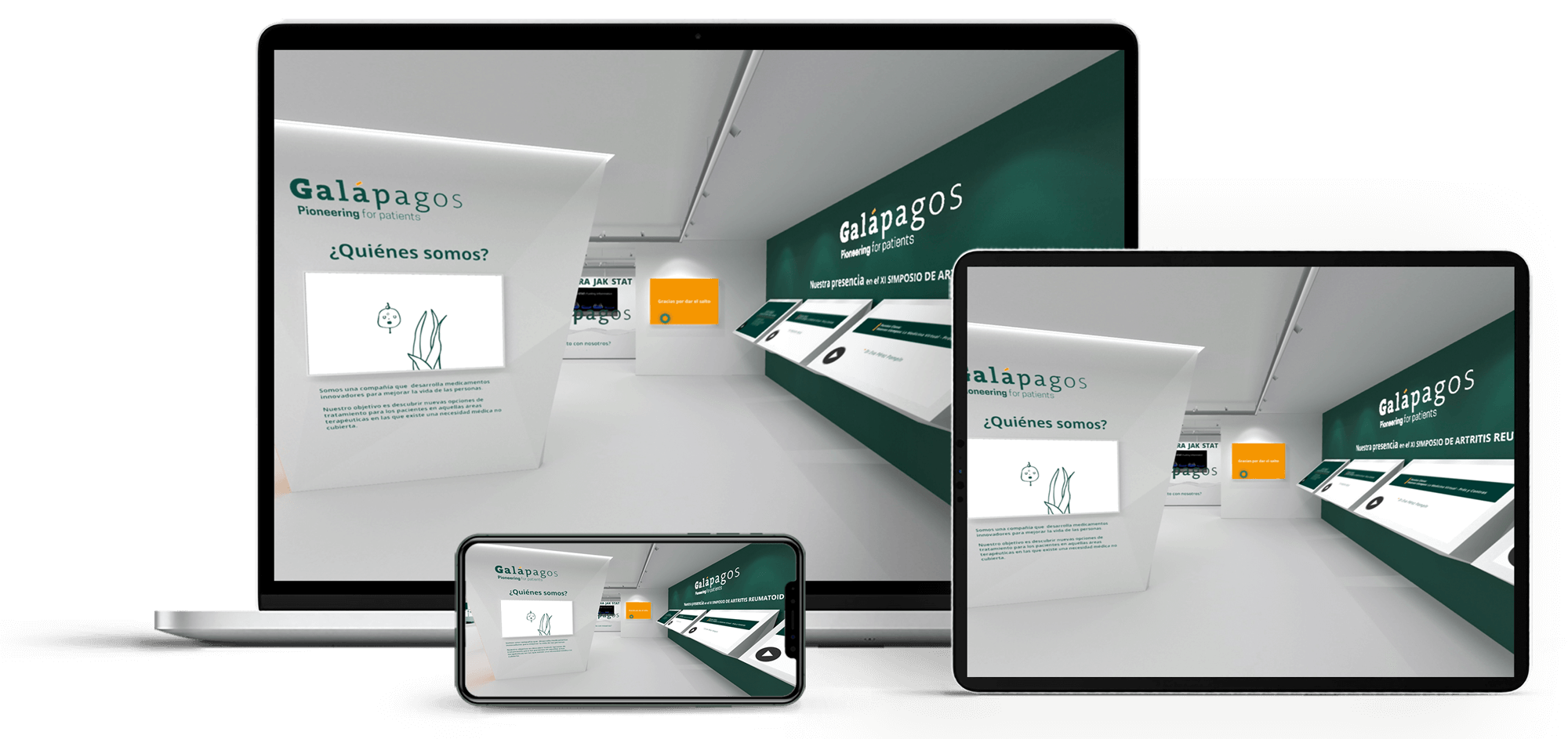
4. Marketing and advertising applications
Undoubtedly, the customization that offer the organization of streaming events opens up a whole new range of possibilities to connect with our audience. From the organization of press conferences in our own customized virtual auditorium until the implementation of showrooms and product presentations that make a difference and capture the full attention of the public. Undoubtedly, streaming events do not only help to humanize the brandalso facilitate the participation e interaction with the company's innovative image. From the choice of its avatar to the decoration and construction of the space to enjoy the event, all the elements transmit the essence of the brand. Among the marketing and communication actions that have been carried out in these virtual spaces, the press conference in the Metaverse of the Rafa Nadal Academy by Movistarwhere nearly 100 accredited journalists from around the world had exclusive access to the presentation of the project through their avatars and inside a virtual tennis court.

5. Applications in the tourism and cultural sector
In the tourism and cultural sector, the streaming events become unique virtual meetings that connect all those interested in presenting the latest activities of museums, exhibition halls and cultural and tourist centers. A different and immersive way of reaching a global audience and to disseminate through different digital channels. In addition, its advanced analytics allow to know the audience to a greater extent, obtaining data about their origin and the actions they perform with the gamified contents distributed throughout the space. With this type of development hotel line could, for example, host an international event from your virtual hall. Allowing attendees to get to know your facilities while attending the season presentation. Or a museum could present via streaming its upcoming exhibitions, while offering additional information about the artists and the works. All from the same virtual space and without having to switch tabs or devices to enjoy the content at the same time.

6. Applications in the health sector
Thanks to its easy dissemination and easy to set up, immersive streaming events make it possible to organize large gatherings of healthcare professionals where they not only attend the seminar virtually, but can also actively participate through voice and chat, interact with the avatars of the rest of the attendees, know all the details of the session thanks to the 3D models and consult all the complementary material in the same virtual space. All this to facilitate the debate and the exchange of the latest advances in the field of health, and in veterinary medicine, as in the case of the Porcinnova Demo Day. A streaming event organized by the accelerator specialized in the pork sector together with Ibercaja Foundation for the presentation of the latest innovations in animal care.
Advantages of Streaming Events

- High degree of customization
One of the key aspects of streaming for events in this type of virtual spaces is the customization of these platforms not only in the contentsbut also in the esthetics and the analytics. Offering users a differentiating experience compared not only to the competition, but also to the most basic streaming services.
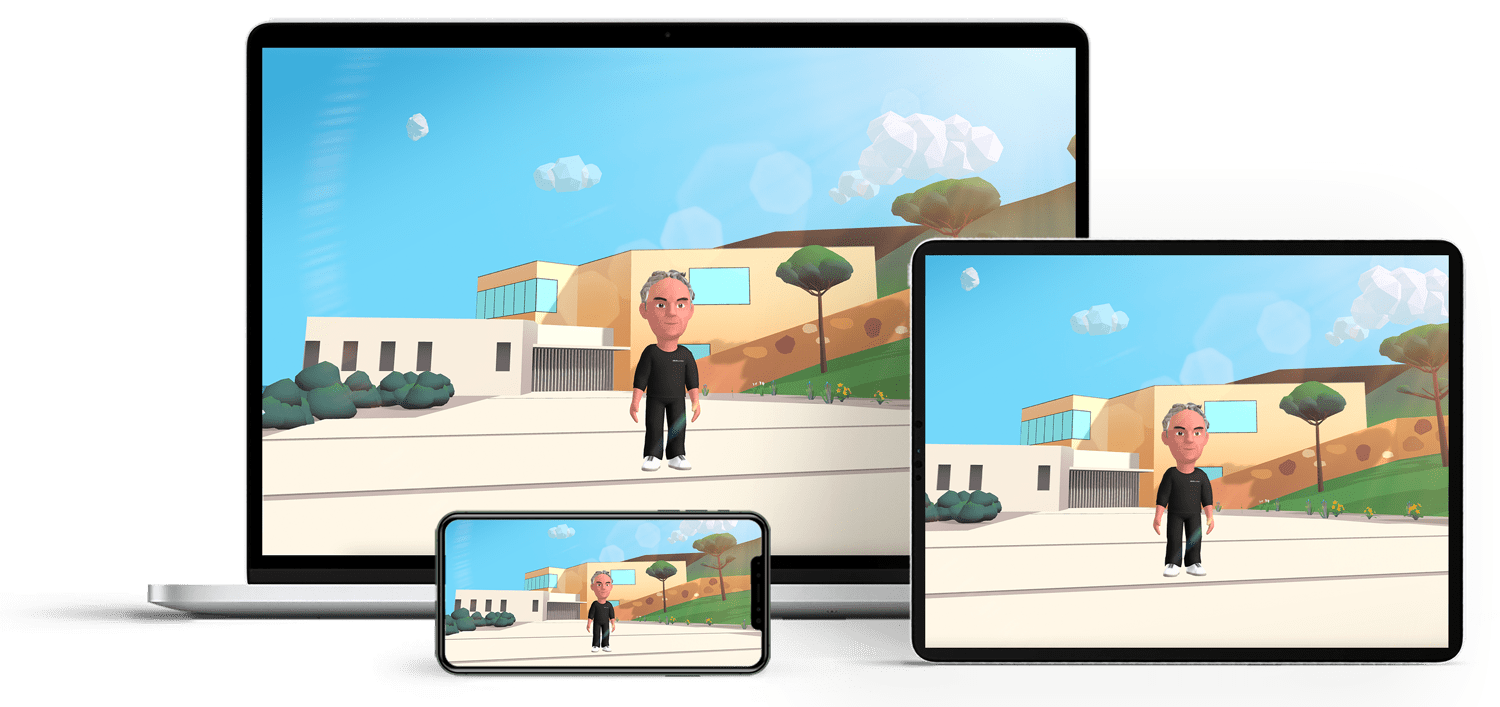
- Great versatility
Streaming events can be adapted to all types of companies, sectors and formats. Organizing meetings 100% virtual o hybridsThese events are held both in person and virtually, where attendees can interact with the speakers in equal measure. In addition, these events are held both in 2D as in 3D according to the aesthetics chosen by the company.

- Increases brand positioning
By not relying on third-party platforms, the audience remains entirely in the virtual space where the streaming event takes place. This is a significant fact that greatly increases the brand positioning among Internet searches by improving the data of retention, interaction with the brand (engagement) and number of users assistants.
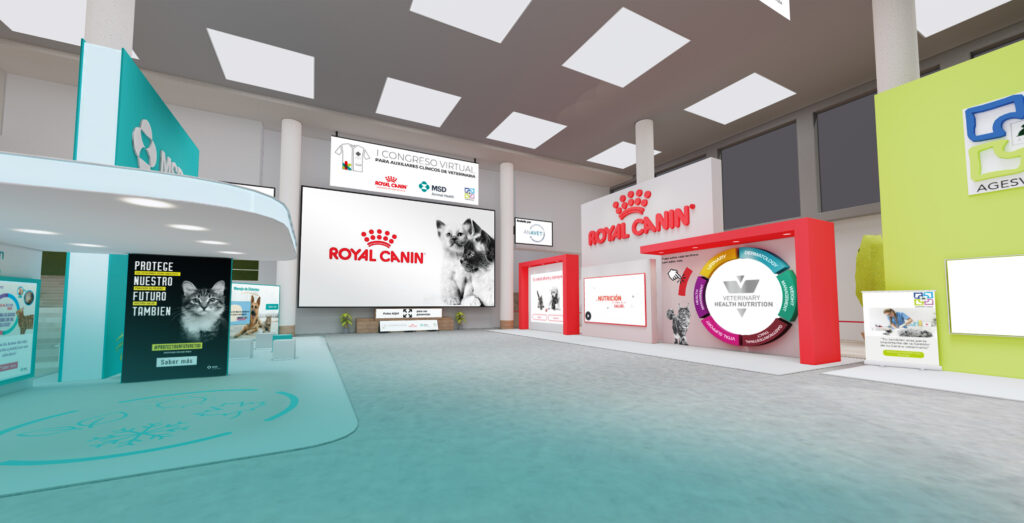
- Entertaining and proactive events
In this type of streaming events, users can choose different shapes experience. From watching the still image of the presentation to touring the virtual space with its avatar enjoying the complementary content while listening to the broadcast in the background. In addition, during the course of the video streaming, attendees can complete a series of gamified challenges that make the event much more enjoyable.
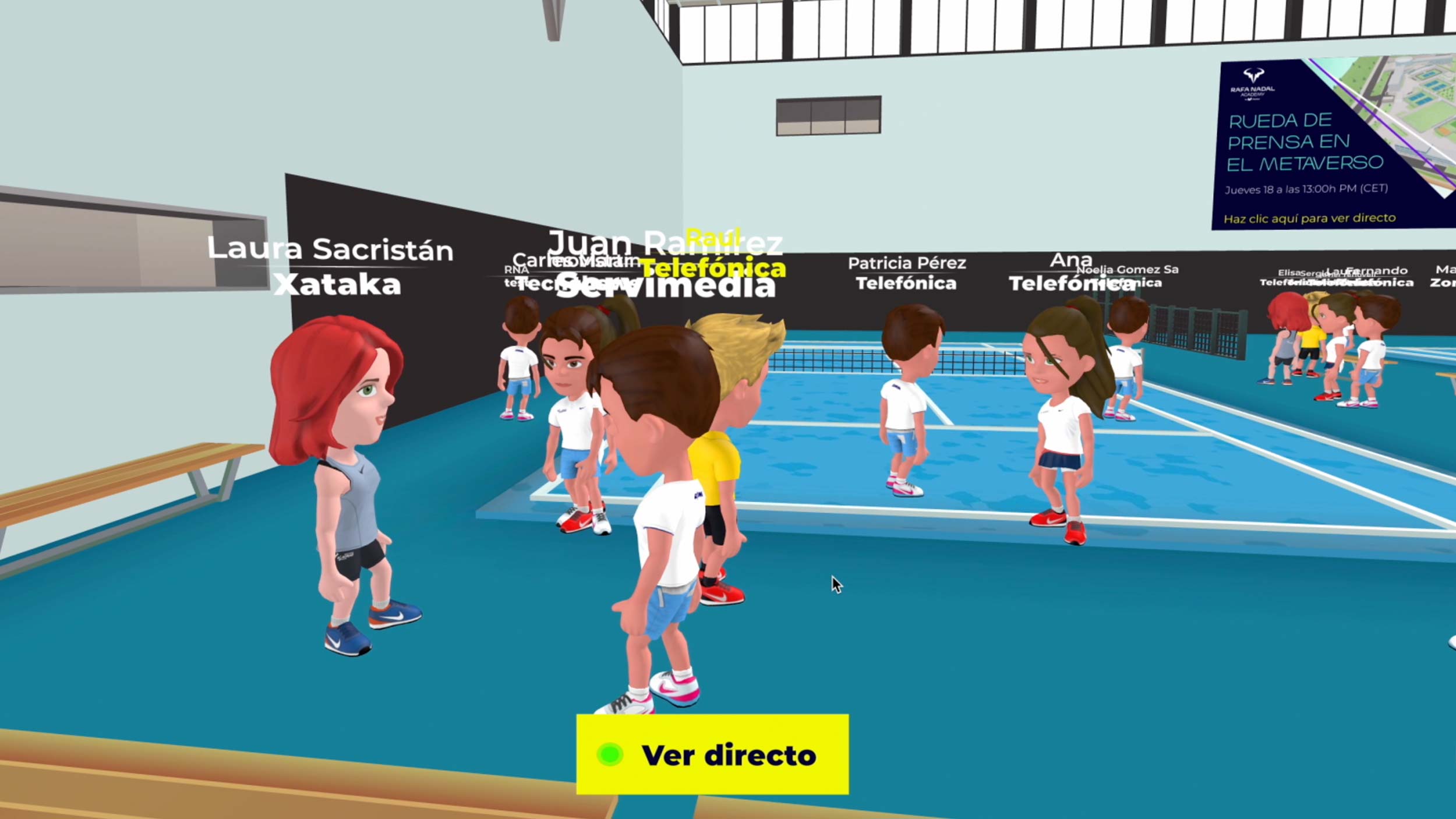
- Encourages networking
In streaming events held in virtual web spaces, user attendance goes beyond the simple viewing of the live broadcast. In this type of meeting, the networking The benefits of single sign-on access, the implementation of chats and voice communication and the customization e identification of each user through 3D avatars.

- Low cost
One of the great advantages of organizing streaming events is the possibility of gathering and interacting with hundreds of people from all over the world without having to pay for travel or booking large auditoriums. A fact that reduces costs and allows to allocate most of the resources to the most important thing: the quality of streaming content.
"Customers and consumers have already moved their presence and conversation to the digital environment; companies need to listen to them and interact with them."
- Pepe Lopez de Ayala Managing / Director Twitter Spain -



